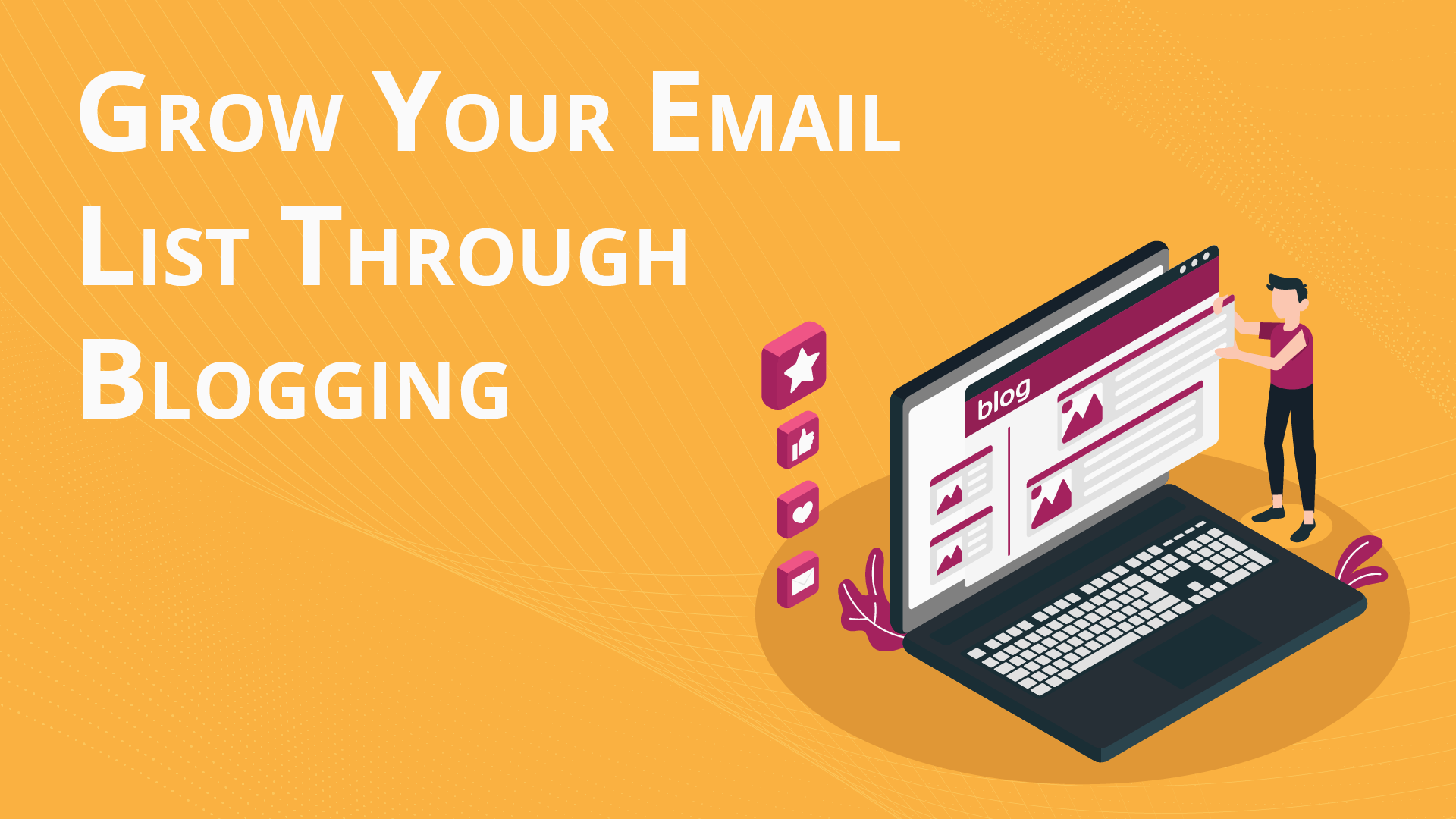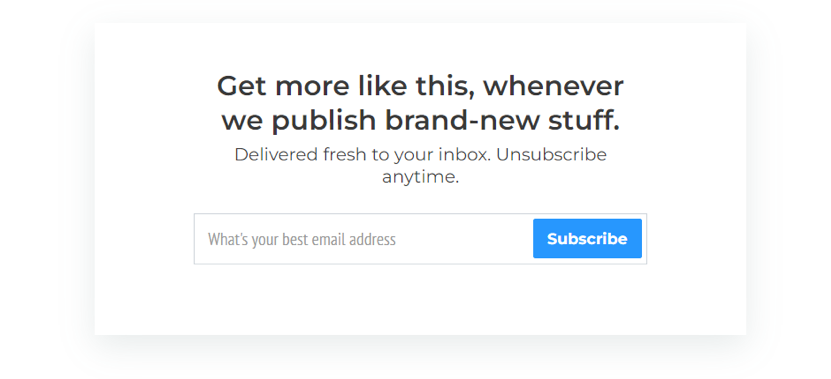
You’ve been publishing great blog posts, which your ideal visitors have read through to the end. These posts have helped you establish your credibility and position your brand as one of the authorities on your niche. So…are you gonna leave it at that?
You shouldn’t.
You see, content marketing and blog posts are an excellent way of generating traffic to your website. Well-planned and well-written content will answer your potential readers’ most pressing questions.
With a little SEO work and optimisation, search engines will start to take notice, rank your content highly, and drive even more traffic.
But driving traffic and engagement is just scratching the surface if you neglect what’s arguably the most important part of your blog posts: the calls-to-action (CTAs).
Why go through the work of crafting successful blog posts, one after another, when you don’t let this expertise bleed into other parts of your funnel? The footer of your blog posts begs for a clear sign-up form that encourages readers to sign up to your email list.
And it’s a win-win: a sign-up form guides interested readers to more enriching content, while it fills your pipeline with high-quality, customer-worthy leads.
The best part? It’s easy to implement.
Quick Steps to Grow Your Email List Through Blogging
Add a Sign-Up Form With a CTA at the End of Every Blog Post
Not everyone will read your whole blog posts. That’s fine – those who just scroll by were never your ideal visitors, anyway. But to those who truly engage with your content, one piece won’t suffice.
Hopefully, you’ll be delivering such high-quality content that readers will want to be notified whenever you publish something new. And you’ll give that to them by saying “hey, there’s more where that came from!”
Take a look at the following example from Copyhackers:

And now, at this one from GitHub:

Notice how, instead of just spitting out a variation of “get the latest news in your inbox,” the above sign-up forms drive home the benefits readers will get when signing up. Benefits include:
● Fresh, brand new content delivered straight to your inbox
● You won’t be a mere subscriber – you’ll be an insider
● You’ll get techniques, guides, and product news from professionals you admire
You’ll have to squint to notice a Privacy Statement in the second example. This will ensure that potential subscribers know whether their personal information will be collected, and why.
(If that sounded like Greek to you, we can help you with our easy-to-follow Privacy Policy best practices.)
Connect Your Sign-Up Form to Your Desired Email Platform
Once you’ve specified your form’s copy and its CTA, it’s time to make sure your readers will sign up. Besides educating them with your content, that’s the ultimate goal of your blog posts.
Ensure that the form will connect new subscribers to your list – so that once they subscribe, they’ll be ready to receive your next email right away.
Here’s How to Do It in 5 Minutes or Less
In this quick video, I’ll show you how your CTA should look, how to attach it to the end of your blog posts, and how to make sure you’ve correctly connected your CTA to your email list. It’s pretty simple.
All In All, Don’t Waste Your Blogging Efforts With a Post That Leads to Nowhere
Blogging is already time-consuming as it is. Still, it’s one of the most rewarding content marketing strategies for acquiring and nurturing high-quality leads.
Your whole website should be a slippery slide, where every page leads visitors further down your funnel. And your blog posts are no exception.After all, the people who consume your content need actionable next steps. That doesn’t mean they’ll take those steps, necessarily. But those who are willing to take them will know exactly what to do next.
